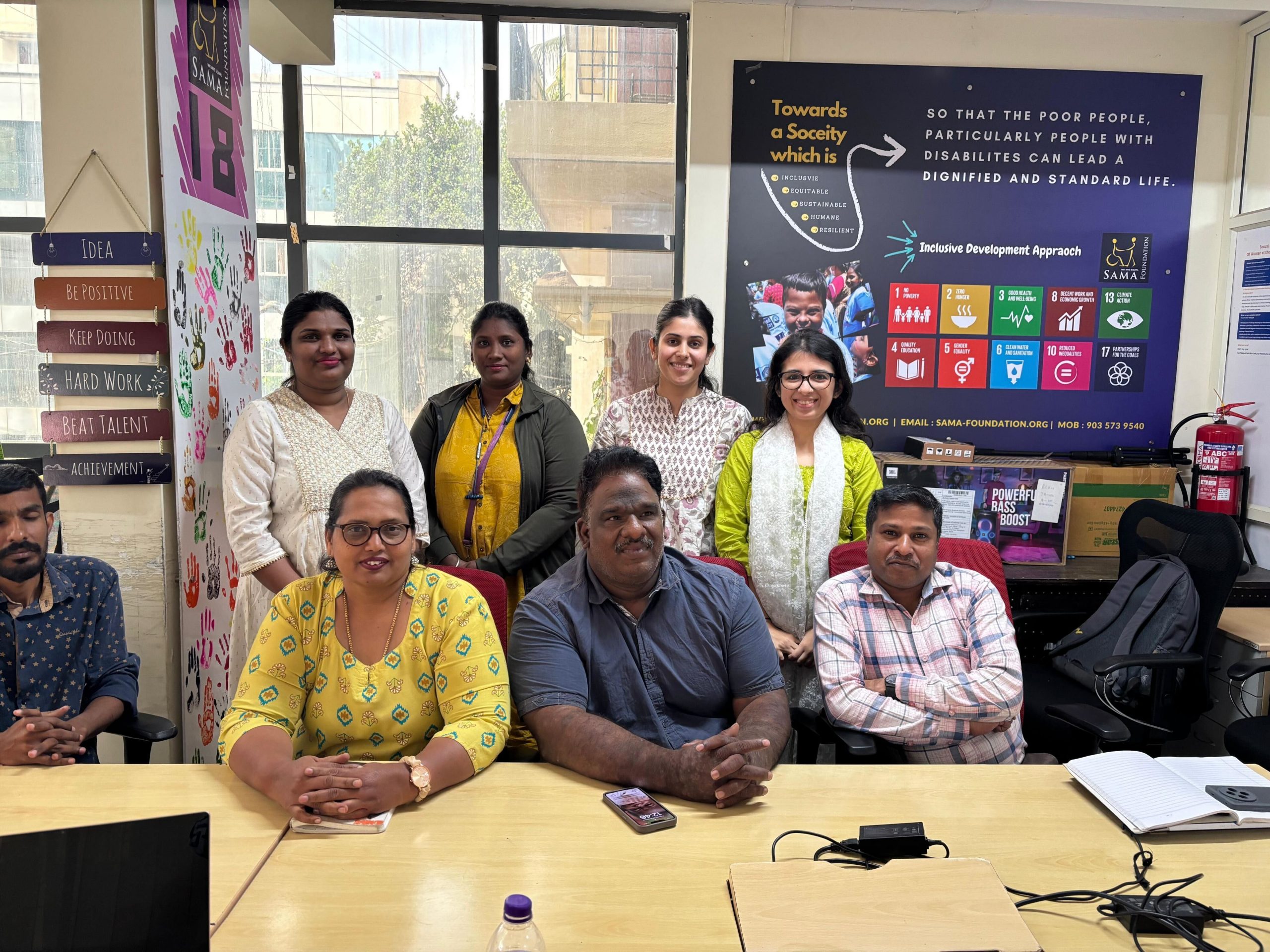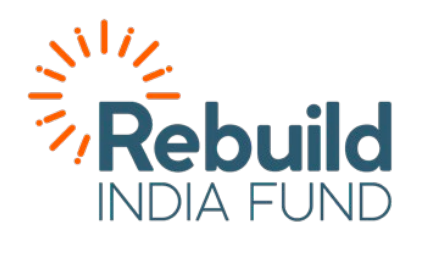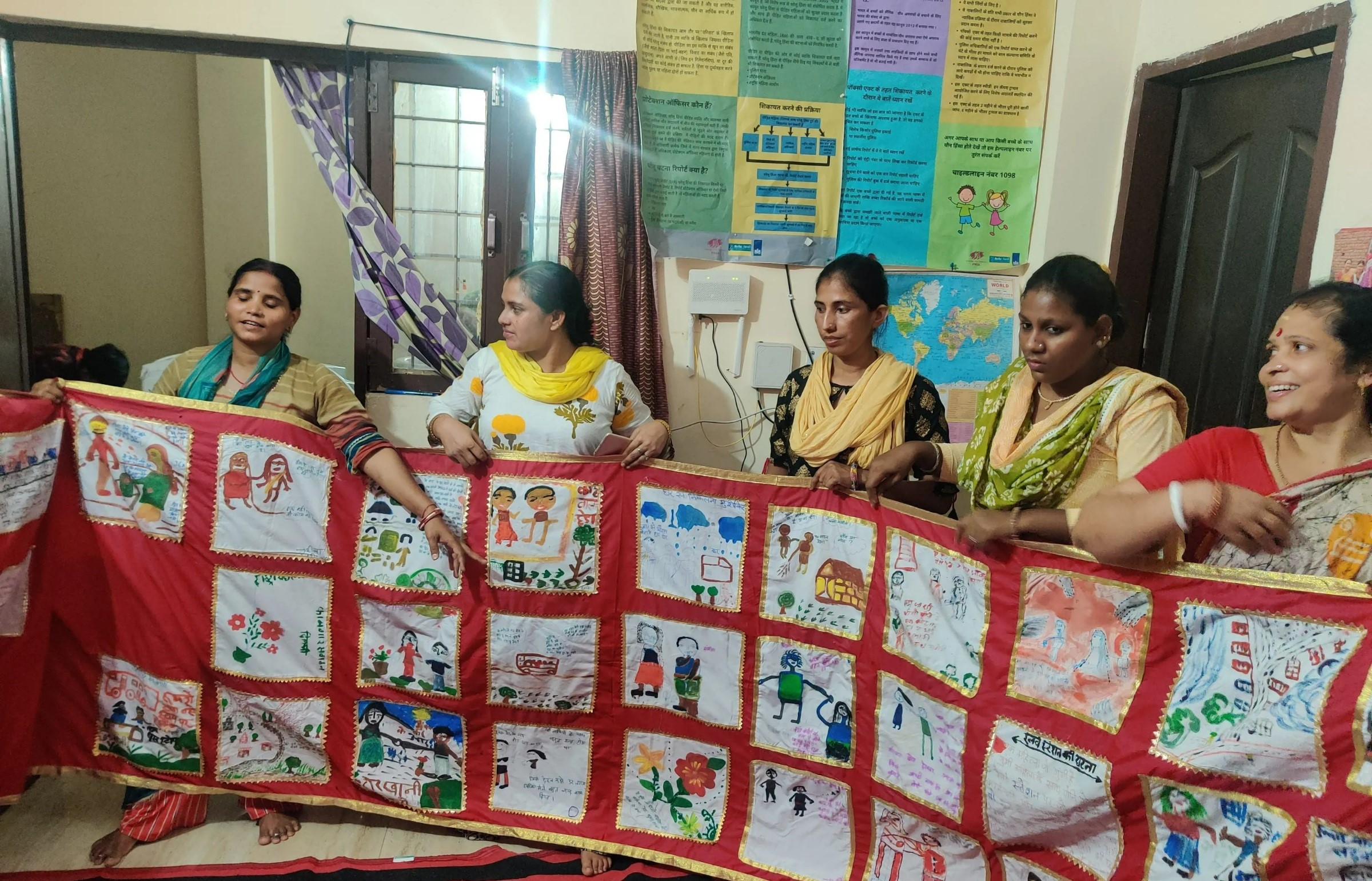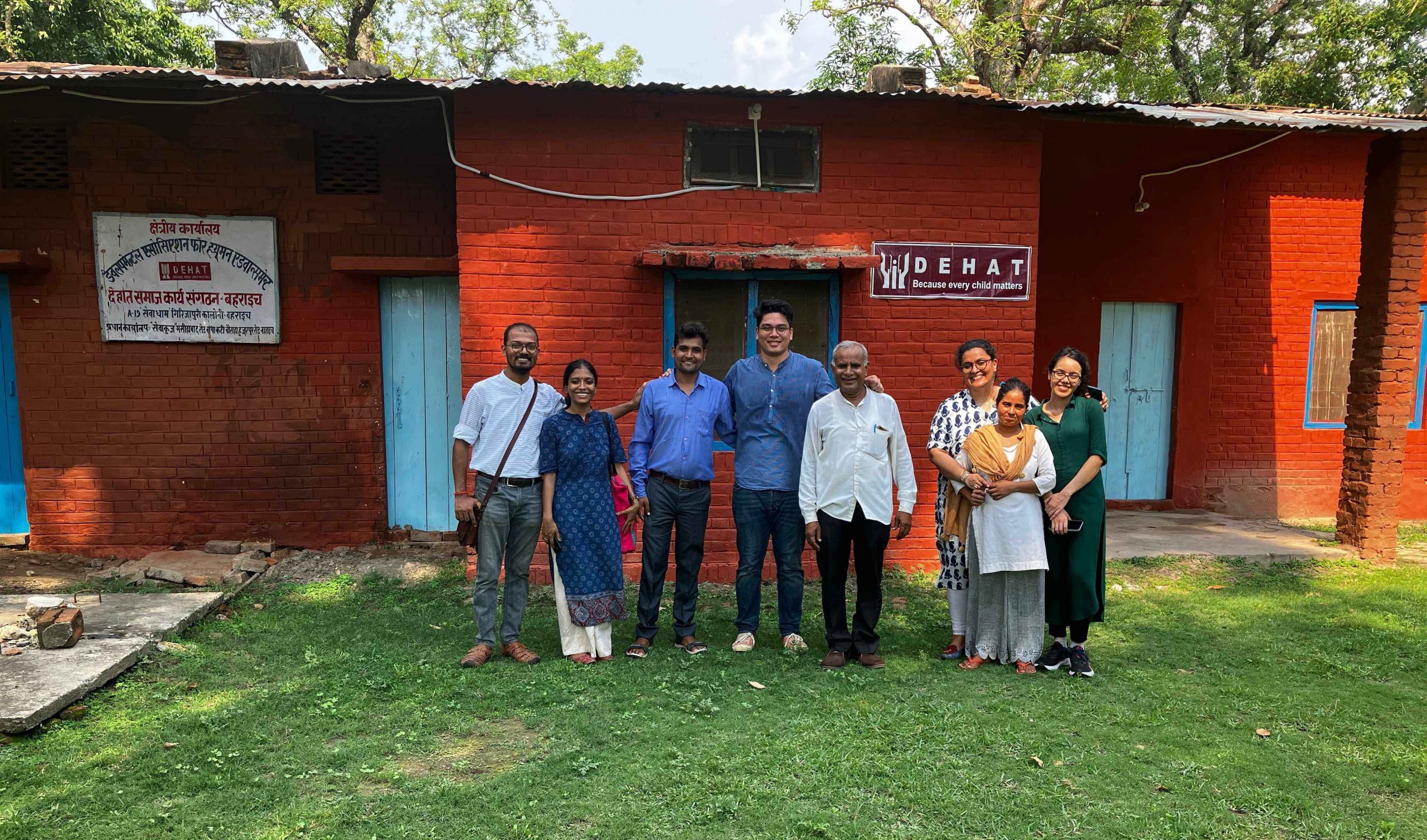India’s economy is brimming with youth and ambition—with 65% of our population under the age of 35.[1] Yet even as conversations around growth and innovation gain momentum, one segment of the population continues to be systemically excluded: persons with disabilities (PWDs). Despite the scale and diversity of this community[2] and its potential contributions, disability remains largely absent from mainstream economic and workforce agendas. With over 13 million employable individuals with disabilities, less than 30% (3.4 million) are integrated into the formal or informal workforce.[3]
At the heart of this disconnect lies a system that’s not built for inclusion: costly and inaccessible infrastructure coupled with rigid funding models, and an ecosystem that overlooks leaders with lived experience.
In this blog, we take you inside SAMA Foundation’s journey—through the lens of its founder, Paul Ramanathan to explore how proximate leadership, backed by flexible capital, is not only reshaping disability inclusion but also redefining what high-impact, innovative and resilient systems can look like.

Inclusion Can’t Be Built on Short-Term Thinking
Paul lives with polio and has mobility challenges. In 1999, a year-long training program called ”Non Handicapped Environment” from UNESCAP, for people with disabilities reshaped his understanding of disability—not as something to “overcome,” but as a reality that demands systemic support, equity, and dignity. He recognized early on that inclusion doesn’t start with charity but with infrastructure, representation, and access.
That realization led to the creation of SAMA Foundation, with a clear ethos: “Stop separation in the name of disability. Start inclusion in the name of humanity.
For years, SAMA Foundation—like many grassroots organizations—navigated rigid funding structures that made long-term planning difficult. In 2024, SAMA joined the Rebuild India Fund, unlocking multi-year, flexible funding for the first time. This eased the constraints of rigid reporting structures and allowed the team to focus on priorities shaped by the communities they work with and invest in longer-term goals on their own terms. SAMA’s experience is proof that having autonomy over resources can not only strengthen operations but also lead to a new understanding of what meaningful and inclusive growth can be.
With the flexibility to pause and reflect, SAMA took a step back from the cycle of reactive programming and began thinking long-term in a more focused manner. The team used this space to reimagine what the organization could become—not just in response to community needs, but in line with its own aspirations that are rooted in experiences of the community. This period of reflection marked a quiet but important shift: from surviving within the limits of project-bound funding to building deliberately toward resilience.
Early outcomes of flexible funding
One of the first outcomes of this shift was the launch of a pilot on disability-friendly agriculture. SAMA believes that agriculture should be accessible to all and therefore this initiative is focused on adapting agricultural equipment and providing skill-based training to create inclusive and dignified livelihoods for PWDs in rural areas. The concept had been in development for years, rooted in both Paul Ramanathan’s personal experience and recurring demands from the community.
Yet it remained on hold due to the absence of risk-tolerant funding. With flexible capital finally in place, SAMA could move from intent to action, finally investing in experimentation that would build practical, context-specific evidence for inclusive livelihoods. This renewed autonomy also reshaped the organization’s fundraising approach. Leadership began seeking unrestricted grants with greater confidence, anchored in the belief and evidence that those closest to the issue are best positioned to drive sustainable solutions.
Internally, SAMA began prioritizing staff wellbeing in new ways—introducing fortnightly wellbeing check-ins, an anonymous feedback mechanism, and actively exploring insurance and Provident Fund for all staff, including PwDs. These steps reflected a growing awareness that sustaining the team was as important as sustaining the programs.
Looking ahead, the team is exploring how technology and grassroots knowledge can be combined to bridge the persistent information gap faced by PwDs. An emerging idea is to create a digital platform that connects users to information on disability-friendly institutions, public policies, entitlements, spaces and services- grounded in the lived realities of the community it seeks to serve.
For SAMA, this period marked a turning point—a quiet but profound transition from working within externally defined limits to shaping its own path with clarity, care, and confidence
SAMA’s experience isn’t an outlier. Research from the Oak Foundation and the Center for Effective Philanthropy (CEP) backs it up. CEP’s final report on MacKenzie Scott’s $19 billion in unrestricted funding makes it clear that small, proximate organizations can do transformational work on ground if the funding ecosystem moves from transactional oversight to trusting relationships.
[1] Ministry of Finance (Government of India), “Economic Survey (2024-25)”
[2] As per Census 2011, the number of Persons with Disabilities in the country are 2.68 crore (26 million)..
[3] UnearthInsight, ‘Unused Potential of India’s People with Disability (PwD) Workforce’ (14 July 2021)


